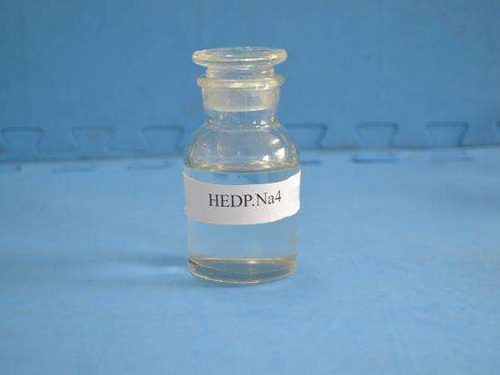Different Categories of Flocculants Used in Water Treatment Processes
Types of Flocculants in Water Treatment
Water treatment is a crucial process that ensures the supply of clean and safe drinking water. One of the key steps in this process is the use of flocculants, which help in the removal of suspended solids, colloids, and other impurities from water. Flocculants are chemical agents that facilitate the aggregation of fine particles into larger clusters or flocs, which can then be easily removed through sedimentation or filtration. This article explores the different types of flocculants used in water treatment, their mechanisms, and their applications.
1. Organic Flocculants
Organic flocculants are widely used in water treatment and are typically derived from natural or synthetic sources. They can be further classified into two categories
a. Natural Organic Flocculants These include substances like starch, chitosan, and alginates. They are derived from plants or animals and are biodegradable, making them environmentally friendly options. Natural organic flocculants are effective in treating wastewater, especially in applications where the removal of heavy metals and organic pollutants is necessary.
b. Synthetic Organic Flocculants These are produced through chemical processes and include polyacrylamides, polyethyleneimines, and polyamines. Synthetic organic flocculants are popular due to their high efficiency in a wide range of pH levels and temperatures. They are particularly useful in municipal water treatment facilities, industrial wastewater treatment, and mineral processing.
2. Inorganic Flocculants
Inorganic flocculants are usually metal salts that react with impurities in water
. Some common inorganic flocculants includetypes of flocculants in water treatment

a. Aluminum Salts Aluminum sulfate (alum) is the most commonly used inorganic flocculant in water treatment processes. When added to water, alum hydrolyzes to form aluminum hydroxide, which captures suspended particles and forms flocs. Alum is cost-effective and efficient, making it popular for municipal water systems.
b. Iron Salts Ferric chloride and ferric sulfate are used as flocculants due to their strong coagulating properties. These compounds work similarly to aluminum salts but are often more effective in certain water chemistries, especially in acidic conditions.
3. Polymeric Flocculants
Polymeric flocculants are a subset of synthetic flocculants that consist of long-chain molecules. They can be cationic, anionic, or non-ionic, depending on their charge characteristics. Cationic polymeric flocculants, for example, can effectively bind negatively charged particles and are often used in municipal and industrial wastewater treatment. Anionic polymeric flocculants, on the other hand, are generally more suitable for treating wastewater from mining operations.
4. Biopolymer Flocculants
With increasing environmental concerns, the use of biopolymer flocculants derived from natural sources is gaining popularity. These flocculants, such as cellulose derivatives and proteins, offer a biodegradable and eco-friendly alternative to conventional synthetic flocculants. Biopolymers can effectively remove impurities while minimizing the environmental impact associated with chemical residues.
Conclusion
The choice of a flocculant for water treatment largely depends on the specific characteristics of the water being treated and the desired quality of the final product. Organic, inorganic, polymeric, and biopolymer flocculants each have unique properties that make them suitable for various applications. As environmental regulations become more stringent and the demand for sustainable practices increases, the development and use of eco-friendly flocculants will likely continue to grow. By understanding the types and functions of flocculants, water treatment facilities can enhance their efficiency, reduce operational costs, and contribute to the preservation of natural water resources.
-
LK-319 Special Scale And Corrosion Inhibitor For Steel Plants: Advanced Solutions for Industrial Water SystemsNewsAug.22,2025
-
Flocculant Water Treatment: Essential Chemical Solutions for Purification ProcessesNewsAug.22,2025
-
Isothiazolinones: Versatile Microbial Control Agents for Industrial and Consumer ApplicationsNewsAug.22,2025
-
Scale Inhibitor: Key Solutions for Water System Scale PreventionNewsAug.22,2025
-
Organophosphonates: Versatile Scale Inhibitors for Industrial Water SystemsNewsAug.22,2025
-
Scale and Corrosion Inhibitor: Essential Chemical Solutions for Water System MaintenanceNewsAug.22,2025





